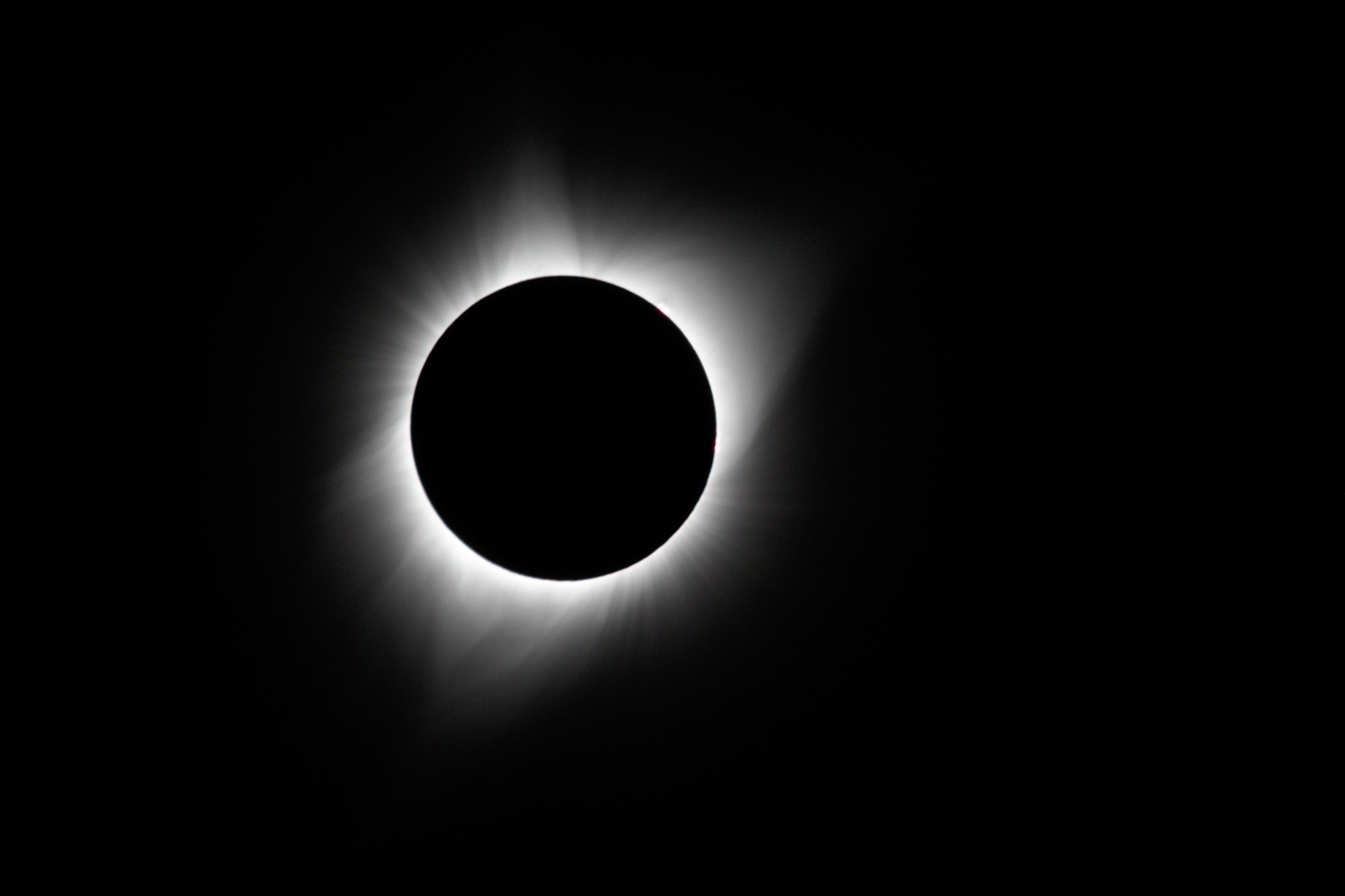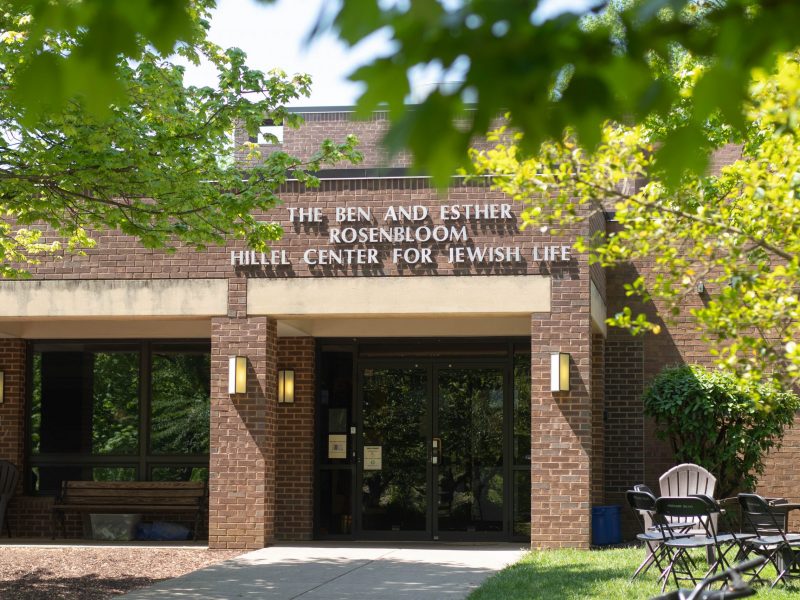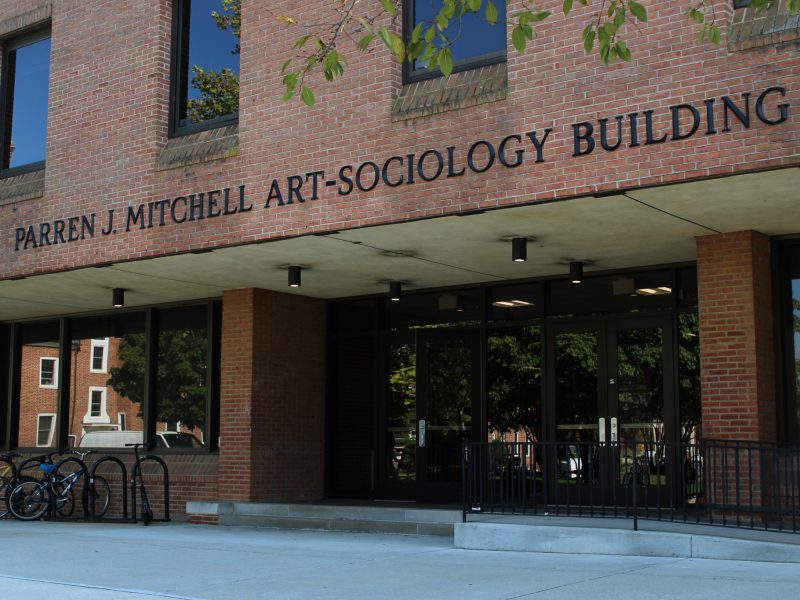As the total solar eclipse spanned coast to coast last Monday, several University of Maryland groups conducted experiments to see its effects.
College Park wasn’t in the eclipse’s path of totality — where the moon completely blocks the sun — but the D.C. area did see a partial eclipse of about 80 percent, according to the U.S. Naval Observatory. However, the groups traveled to places where there was a total eclipse.
One faculty member and 25 students from this university’s Balloon Payload Program took a 10-hour car ride to Greenville, South Carolina — an area in the eclipse’s path of totality — to launch a weather balloon with various experiments. The group focuses on research and development of high-altitude experiments that fly via helium weather balloons.
[Read more: Want to enjoy the solar eclipse at the University of Maryland? Here’s how.]
“I have to say, the next time a total solar eclipse is happening anywhere in the U.S., I will do anything in my power to be there,” said senior mechanical engineering major Luke Johnston, who helped with the experiments. “There was nothing like it. The air started to get colder, crickets sang; it was beautiful and awe inspiring to see so much power out of human hands.”
The 8-foot helium-filled balloon rose 104,000 feet during its two-hour flight on Monday, said Mary Bowden, a university aerospace engineering professor and the team’s leader. The balloon traveled 33 miles carrying about eight experiments, with equipment including GoPro cameras and biological samples.
“Dr. Bowden’s dedication and commitment to the balloon program … has really made the program a transformative experience for me,” said Caitlyn Singam, a member of the group. “To be fearless, as our school encourages us to do, it helps to know that there’s someone always there to lift you up when you fall.”
Singam, a sophomore biology major in charge of the biological experiment on the balloon, said changes in the atmosphere during a solar eclipse have the potential to affect organisms. She tested whether these changes in radiation might cause disease-causing mutations in bacteria that live in the air.
[Read more: A UMD center signed a $64.8 million agreement with NASA to expand its Earth systems research]
While the samples haven’t been tested yet, Johnston said there were ice formations on the containers after the solar eclipse, meaning the bacteria had been exposed to a temperature difference that could cause mutations.
Junior aerospace engineering major Akshay Menon headed another experiment to understand how much sunlight bent around the moon. Eight solar cells measured how much solar power was given out during totality, which is when the moon completely blocks the sun for a few minutes during a solar eclipse. Menon still has to analyze the data collected, but called the experiment “extremely successful.”
Luke Renegar, a senior aerospace engineering major, worked on measuring the amount of ultraviolet and infrared light during the eclipse using light sensors. While he doesn’t have exact figures yet, he said there is an observable drop in those two types of light during the eclipse based on data collected.
The group attached 360-degree cameras to document the event and instruments to measure weather during the eclipse to the weather balloon. Johnston said he hopes to create a 10-minute documentary of the trip and present it at the new engineering building, A. James Clark Hall, once it opens.
Two other teams from this university’s Unmanned Aircraft Systems Test Site, a research and operations facility, launched experiments from South Carolina and Wyoming — which had areas of totality — with one team member at each location. Each group used two drones recording 360-degree video from altitudes of 100 to 400 feet during the total solar eclipse, said Matt Scassero, director of the test site.
One of the Wyoming aircrafts hosted weather sensors to see how the eclipse would impact wind conditions. The sensors tested wind speed and direction of velocity before, during and after the eclipse at four different altitudes from 100 to 400 feet. Before the eclipse, winds were “very strong and steady,” but during the eclipse there was a “dramatic shift and the velocity of the wind came down,” Scassero said. After the eclipse, there was no wind at all.
Scassero said he is looking forward to the next North American total solar eclipse in 2024.
“This was a rehearsal for the 2024 eclipse, basically,” Scassero said. “It might be years from now, but we will have an even more intense program next time with different sensors and better idea of what information we can get. I’m excited to see what we can achieve.”



